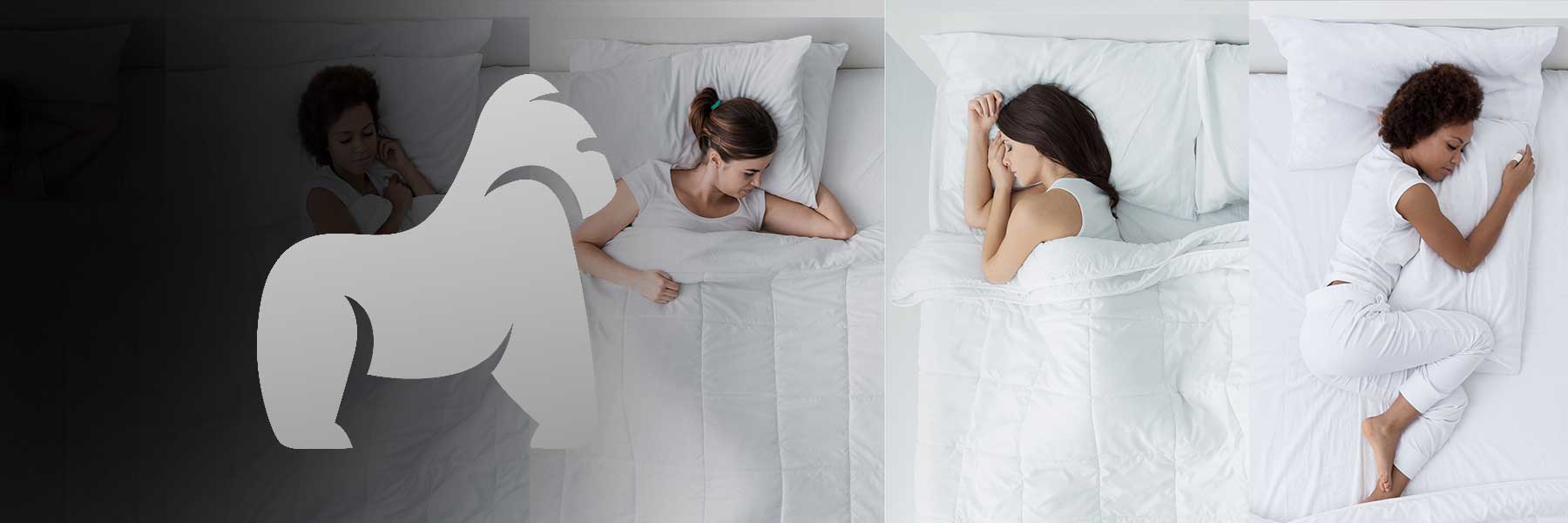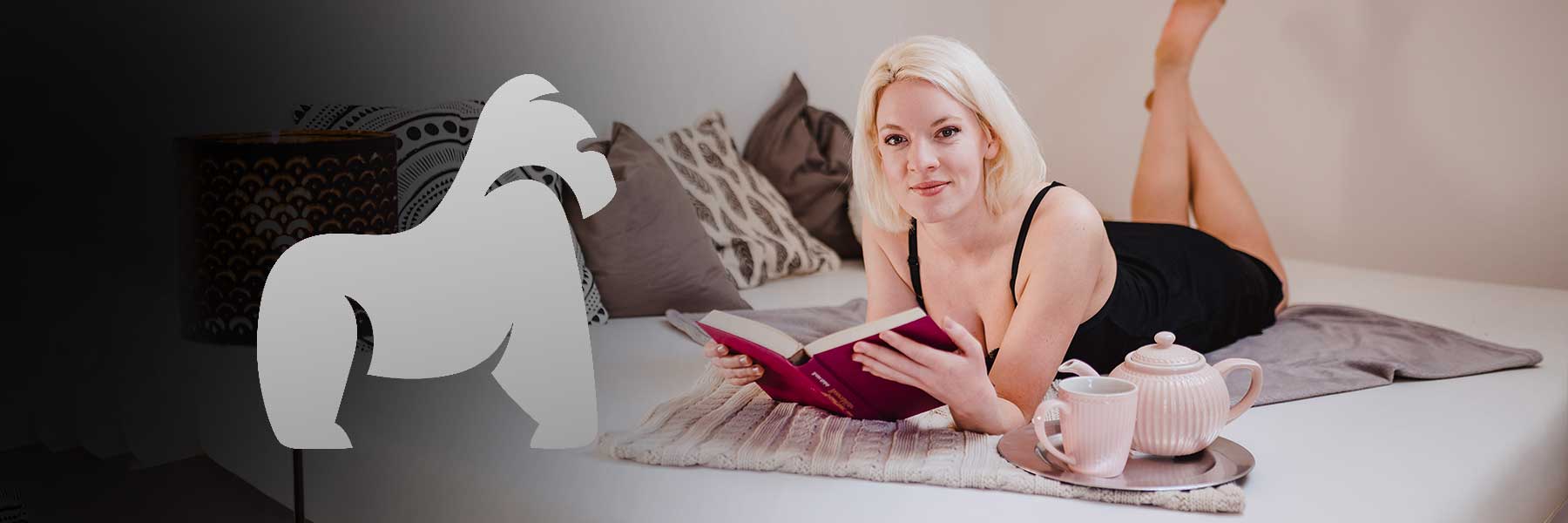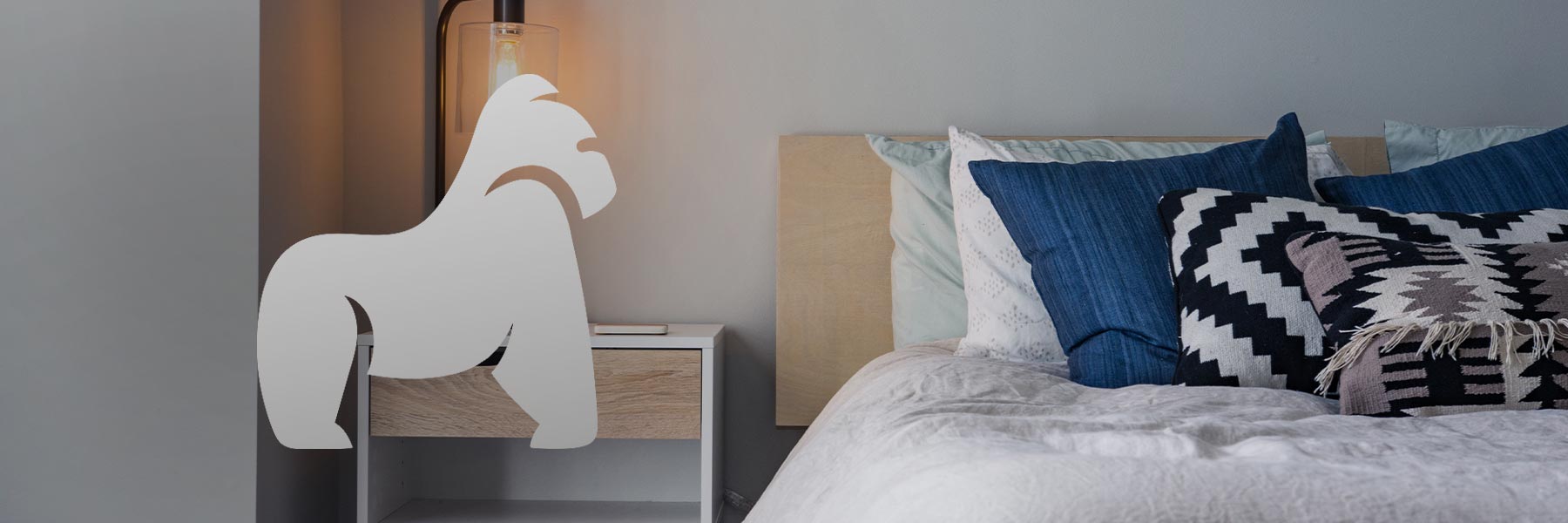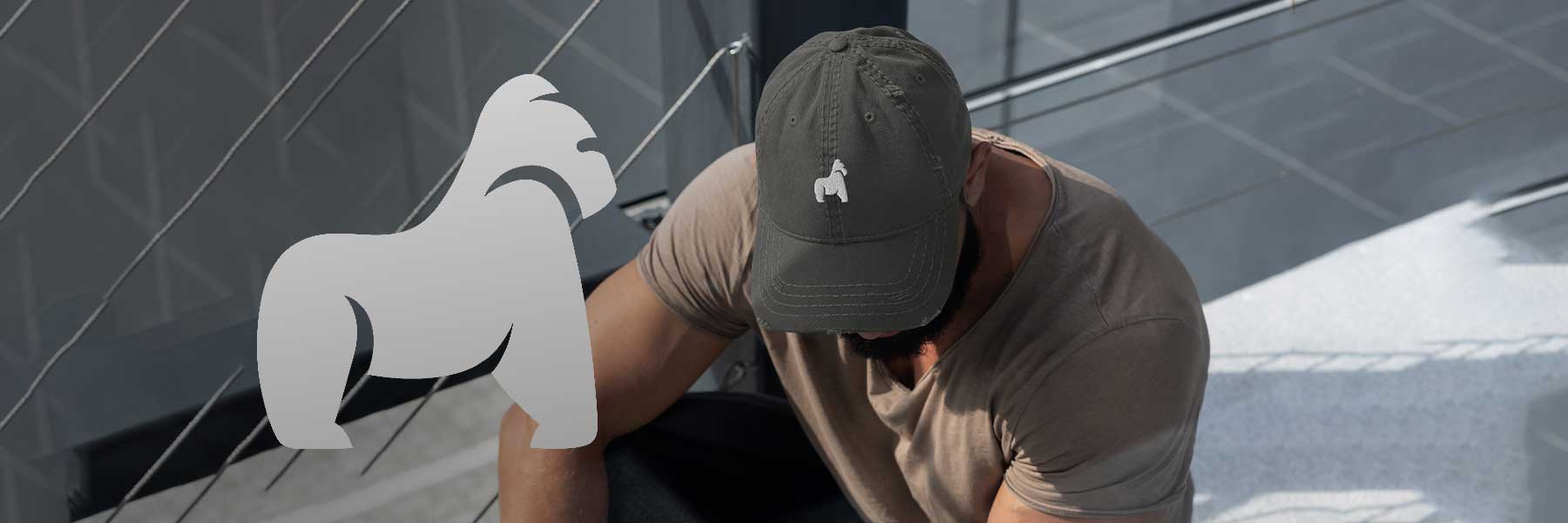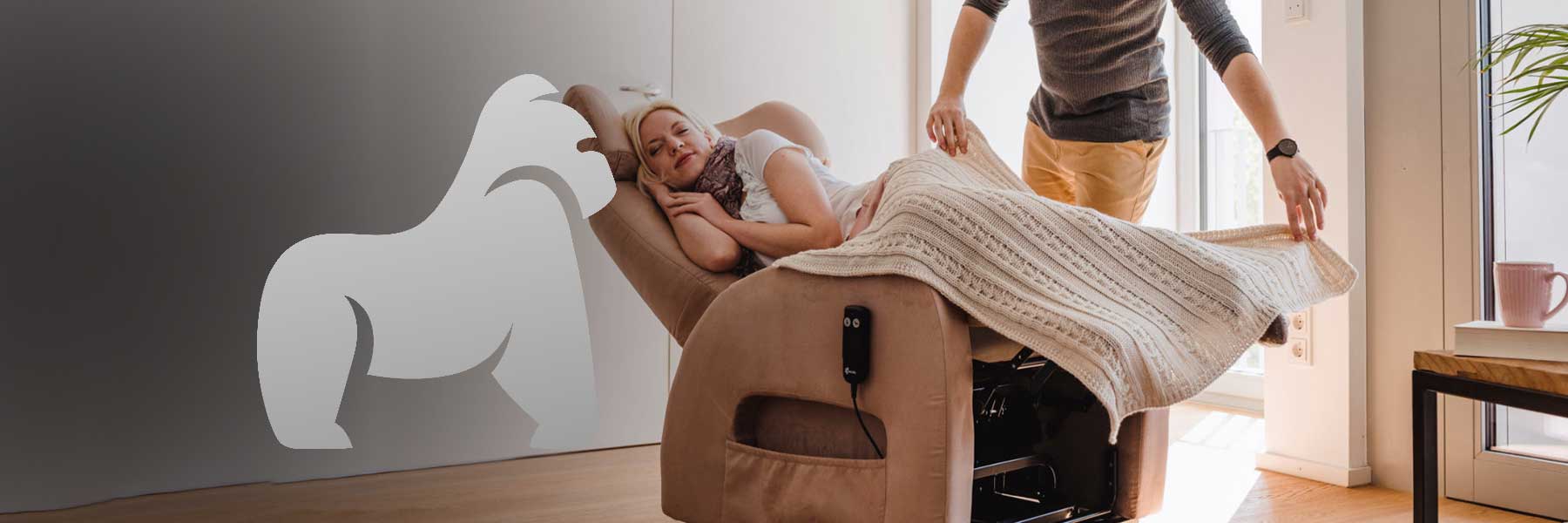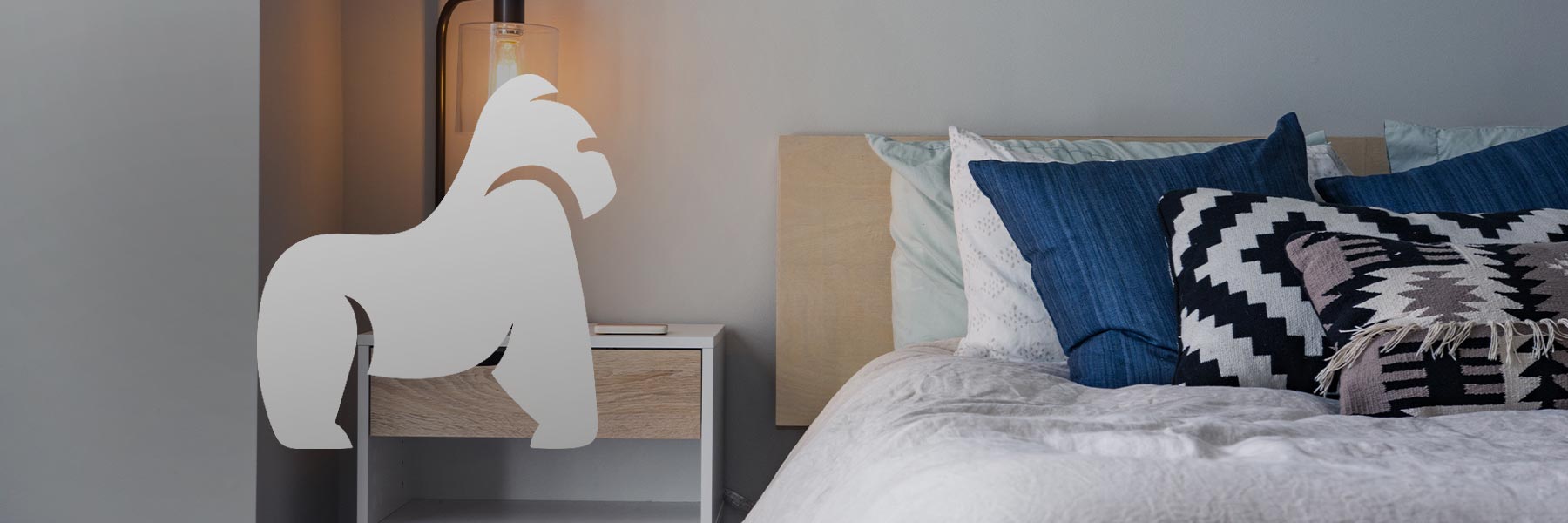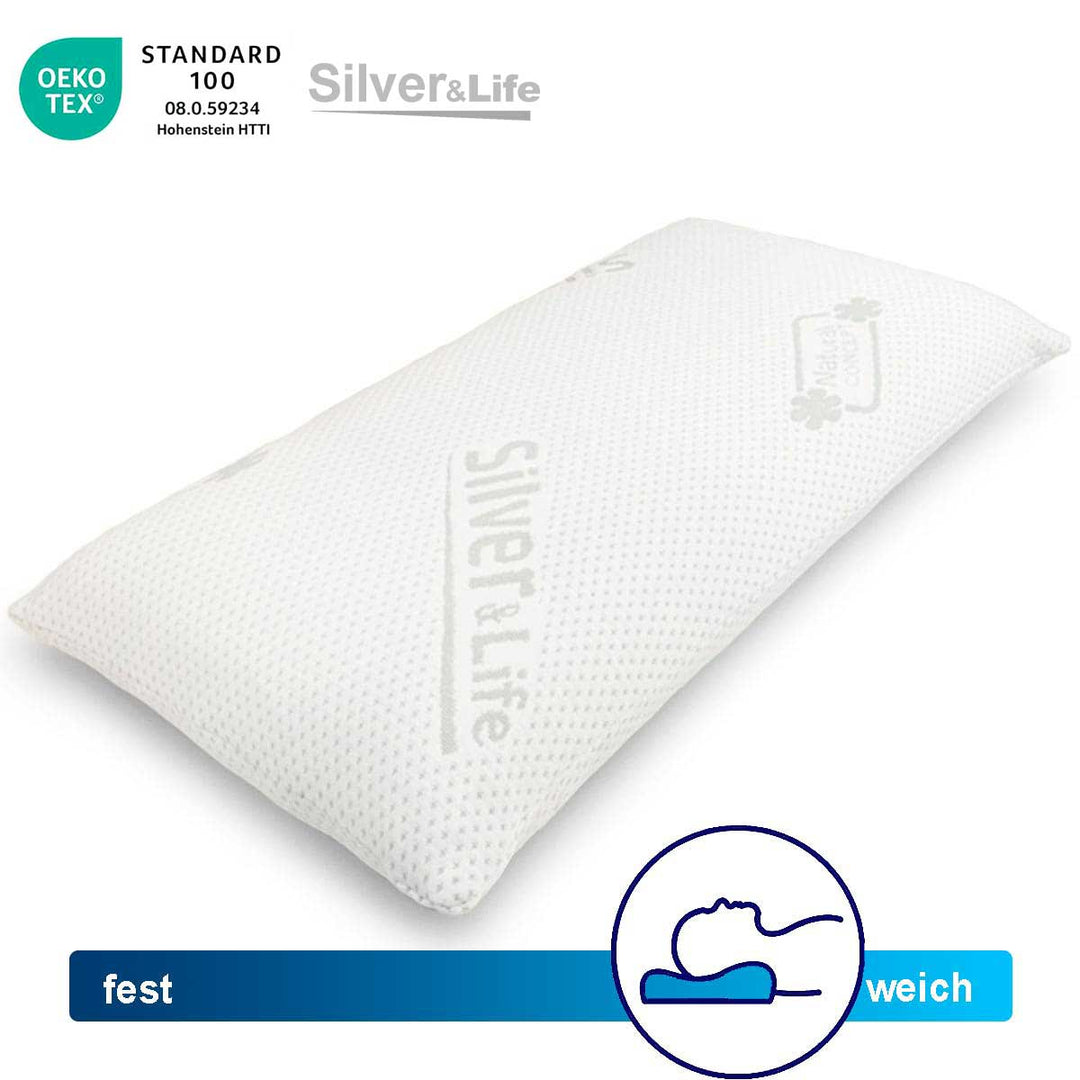When was the last time you thought about your pillows? If your answer is "a long time ago" or "never," don't worry; you are not alone! We advise many customers who, when thinking about their sleep gear, primarily focus on their mattresses. Mattresses get a lot of attention, and for good reason. Your mattress is the biggest and most important financial investment you will make for your sleep. But when it comes to your sleep quality, your pillows are almost as important as your mattress.
If you sleep on a worn-out pillow and scrunch and fold it every night to make it comfortable, that's a sign it's time for an update. Even if your pillow isn't old and lumpy, it might not be the best choice for your comfort and spine support.

Why your pillow is important
A good sleeping posture is the key to healthy sleep during the night and waking up without pain and stiffness the next morning. Your pillow should support you for a healthy sleeping posture. What does this posture look like? An upright body, from the knees and hips, through the spine to the chest, shoulders, head, and neck.
If your neck and shoulders are not adequately supported or are supported at an angle that causes twisting, bending, or buckling, it puts your spine and entire body in an unhealthy position that leads to tension and discomfort in the neck, shoulders, and back, as well as insomnia.
As with your mattress, both comfort and support are important when choosing the right pillow. The best pillow for you is one on which you can comfortably rest your head, that supports your head, neck, and shoulders, and is matched to you along with your mattress.
There are several factors that play a role in choosing a pillow.
When is it time to replace your pillow?
As a general rule, pillows should be replaced after 18 months. Pillows made of Memory Foam usually last longer, up to three years. Natural pillows tend to last longer than synthetic pillows. And unfortunately, more expensive pillows actually last longer than cheap ones. If you use a pillow that is five or six years old, you are not getting the support you need - and you are not sleeping as comfortably as you could.
It may seem like a short lifespan, but think about it: your pillow is used on average about 7-8 hours per night - that's more than 2,500 hours per year! Like your mattress, your pillow is an investment in quality sleep that reflects in your health.
If you're not sure whether your pillow is still alive or not, you can perform some simple tests:
First, remove the pillowcase and examine your pillow. Does it have sweat stains? Is it torn? Does it have an odor? These are all signs of a pillow that needs to be replaced. Dead skin cells, mold, mildew, and dust mites (as well as their excrement) accumulate in pillows. Over time, up to half the weight of a pillow can be made up of these small unwelcome organisms, which can trigger allergies, impair breathing during sleep, and emit odors that make good sleep difficult.
If your pillow passes the visual and smell test, it's time to move on to the fold test:
Fold your pillow in half. If it just lies folded and doesn't spring back to its original shape, it's a dead pillow (and unfortunately, we don't mean dead organisms inside). For pillows with natural filling, you can do this test over your arm. Does your pillow hang down over your outstretched arm? Then it's a pillow that has reached the end of its useful life.
Fold synthetic pillows in half and weigh down the top with a weight - a sneaker works well. Remove the weight, and if your pillow doesn't spring back to its original shape, it's time for a replacement.
Pillow Selection Guide
Choosing a pillow is a very individual process. When it comes to selecting the right pillow, there really isn’t one pillow size, one shape, or one material that fits all. The best way to find the right pillow for you is to determine your individual criteria—using the following six elements as a guide—and then follow your instinct, which will tell you what feels most comfortable and effortless for you.
1. Filling/Fiber
Down
Synthetic down and polyester filling
Wool
Cotton
Latex
2. Weight of Filling
Down and synthetic pillows are a lightweight choice, while memory foam and latex are heavier. The weight of your pillow is a matter of personal preference. If you like to reshape and move your pillow while resting, a lighter pillow may be the better choice.
3. Quality of Filling
With any type of pillow, quality is crucial for comfort, support, and durability—and is also reflected in the price. Once you have decided on your pillow filling, choose the highest quality pillow your budget allows. Remember that you will spend thousands of hours on the pillow over its entire lifespan.
4. Size
5. Fabric
Use natural, breathable fabrics as covers for your pillows. Pillow protectors under pillowcases extend the pillow's lifespan and protect it from stains and sweat. Decorative pillows look great on the bed but should be removed before sleeping.
6. Chemistry
Synthetic materials like memory foam and polyester are made through chemical processes, and many pillows undergo antimicrobial treatments. Learn about the chemistry involved in making your pillow, be prepared to invest in a well-made product, and consider your own allergies and chemical sensitivities when selecting a pillow type.
Does sleep position play a role in choosing the pillow?
The answer is: YES. There are general guidelines that align sleep position with the type of pillow, but there are no hard and fast rules. Why? Because almost all of us change sleep positions throughout the night. You might be a side sleeper who also spends some time on your back during the night. The same goes for the stomach sleeper who occasionally switches to a side. You want a pillow that accompanies you in all your sleep positions and does not hinder you.
That said, here are some general guidelines:
Side sleepers may need a firmer pillow and one of the thicker pillows. Look for a pillow as thick as the distance between your ear and your shoulder joint.
Stomach sleepers usually need a soft pillow—or no pillow at all—under their head. A pillow under your stomach and pelvis can help prevent back pain.
Back sleepers may need a flatter pillow to keep head and neck aligned. We recommend a softer pillow. However, if you have neck pain and sleep on your back, you should look for a pillow that offers extra support but is still as soft as is comfortable for you.
Does your mattress play a role in choosing your pillow?
Another YES. If you use a firm mattress, then a softer pillow might be better because the pillow rests on a firm surface and needs to adjust to the pressure of the weight of your head in your starting sleep position. If you had a softer mattress, then a firmer pillow might be better to keep your head and neck in the right position.
Don't ignore your pillow! It is such an important element of your sleep environment, and having the right one under your head can lead to more comfortable, more restful nights. And if you still can't decide, just try the pillow I sleep on!




